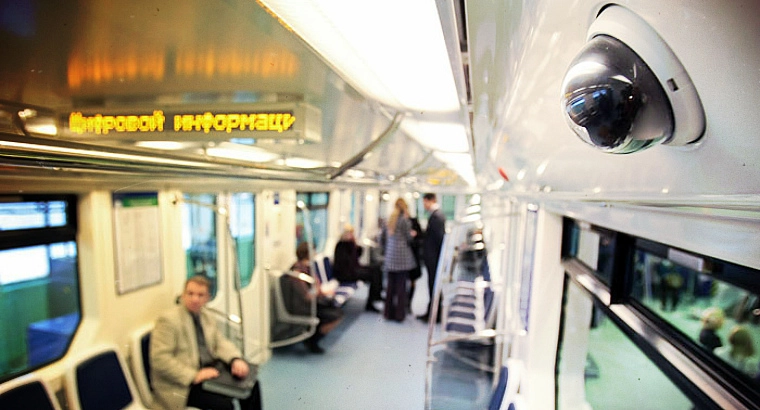Moscow Authorities Acquire Equipment for Transport Video Data Processing System
The Moscow authorities are purchasing equipment to build the infrastructure for a video data processing system in the city’s transport sector. This procurement was highlighted by the Telegram channel “Telecom Review.” The initial contract price is 1,915,062,789.61 rubles.
The joint-stock company “Electronic Moscow” was established in accordance with the Moscow Government Decree No. 609-PP dated August 6, 2002. “Since 2002, we have implemented more than 200 IT projects for government agencies and commercial organizations in Moscow,” states the company’s official website.
Technical Requirements
The customer specifies the following requirements in the technical documentation:
- 454 high-density chassis-based servers;
- At least 18 cores per processor;
- Storage system with a disk space of at least 1.47 PB;
- 10 switches.
The deadline for submitting applications is January 29, 2020, and the results will be announced on February 4, 2020.
Purpose and Integration
The Department of Information Technology (DIT) stated that the equipment is needed “to ensure the operation of the transport segment of the video surveillance system,” including in the metro and on surface transport. This should help address transportation-related tasks more efficiently.
A source familiar with the project previously reported that Moscow is creating a unified video environment that will connect all city cameras, building intercoms, and traffic lights. The facial recognition system will operate in real time and will be integrated with the Ministry of Internal Affairs databases. According to the source, public transport, metro, and railway station cameras were planned to be connected first.
Expert Opinions
Experts note that the video surveillance system in public areas of the capital generates a “huge volume of video data—tens of gigabytes of traffic per second.” The purchase of such a large number of servers equipped with modern Nvidia Tesla T4 graphics cards will enable the analysis of “large volumes of video traffic,” including tasks related to verifying individuals based on camera images.



